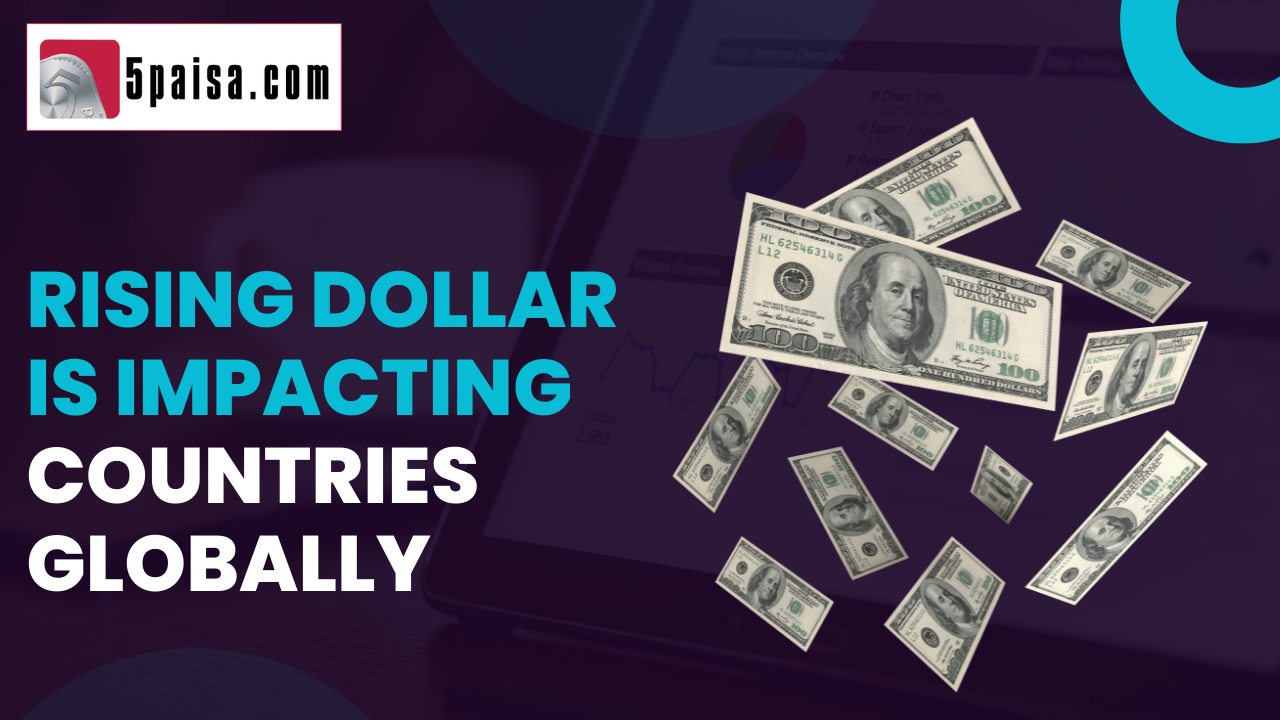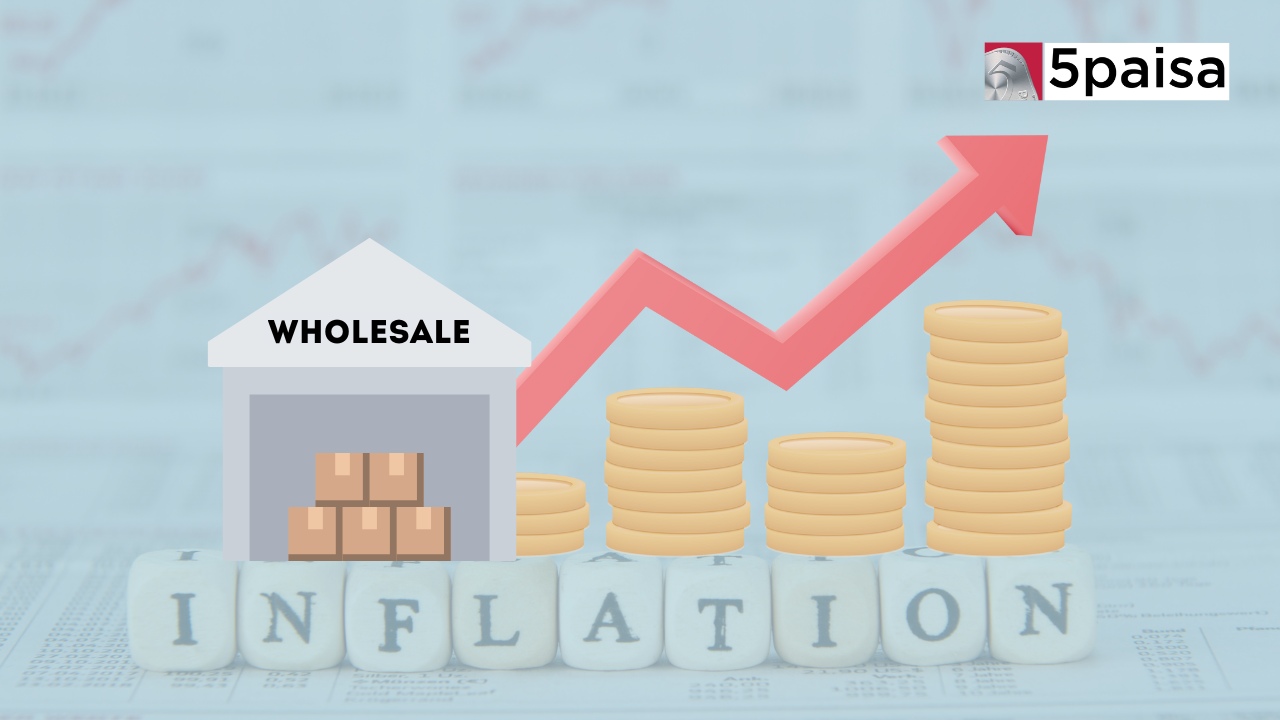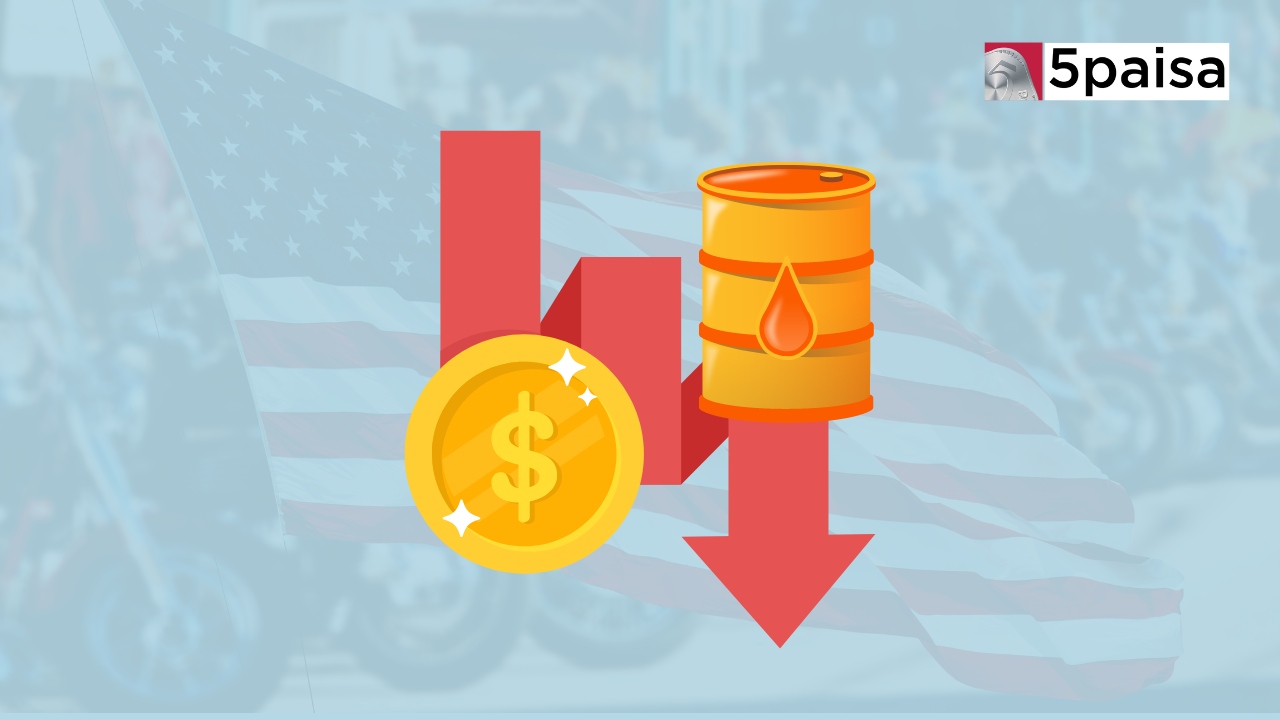L&T Eyes $50-$60 Billion Projects by FY25, Plans Major O2C Investments
How the dollar strength is impacting countries globally

Last Updated: 19th October 2022 - 06:35 pm
The dollar is getting stronger over the last few months and it has now starting hitting the economies beyond just currencies. The impact is felt across the world. From the developed economies like UK, EU and Japan to emerging market economies like India, China, Russia and Brazil to the less developed nations of sub-Saharan Africa and South Asia, the impact of a strong dollar is being felt across the board. After all, for over 50 years now, it is the dollar that has been the last resort for investors seeking safety. But what has really triggered this sharp up move in the dollar.
Tom encapsulate the answer to this question in just one word; it is Fed-hawkishness. Everything else about the dollar strength is secondary, but it is Fed hawkishness that is driving the strength of the dollar first and foremost. In fact, a series of shocks including high inflation in the US, has triggered an extremely familiar upward movement in the dollar. Incidentally, it is not just the emerging market currencies that have been the victims. This time around, the Yen, Euro, Pound, Canadian dollar, Australian dollar have all been hit by the relentless strengthening of the dollar. It has forced other nations to also hike rates.
An estimate by JP Morgan has estimated that the NEER (nominal effective exchange rate) of the US dollar strengthened by over 12% since the start of the year. This is evident in the currency performance. For instance, the US dollar has appreciated by 12% against the Japanese Yen, 9% against the Great British Pound and 4% against the Euro. The dollar is now more valuable than the Euro and the Yen is at a multi-decade low against the dollar. If one were to summarize the unbelievable strength of the US dollar, it can be broadly pegged 4 key reasons, all of which happened in the last 3 years; conspiring to empowering the USD.
First, was the pandemic which made countries across the world and their extremely vulnerable. Even the US was impacted but when the recovery started, it was dollar assets that were the most preferred. The second reason was the monetary expansion by printing money. Dollar still enjoyed the edge due to having the exorbitant privilege of being the global currency of choice for trade and commerce. Thirdly, the recovery saw that supply could not keep pace with demand leading to supply chain constraints hitting supply chains and inflation in a big way. Finally, the Russia war added to the allure of the US dollar.
Why does dollar strength matter to the world?
Here is why the dollar strength is relevant to all the countries, either directly or indirectly. Several papers authored on this subject, including a recent paper by the IMF, have concluded that a strong dollar exerts contractionary pressure on the world economy. It is not just about the US economy and its external trade. The American capital markets and the role of the dollar from the pricing of gold to oil to metals have a major problem. Most of the foreign investors have their origins or their largest operations in the US and capital flows always gravitate to the area with a strong currency. That is why the normal trade in the market today is risk-off i.e. long on US markets and short on emerging markets.
Let us look at how the dollar strength makes an impact on the Indian economy. For instance, India’s biggest imports are commodities like oil, metals and fertilizers. These become more import intensive when the dollar strengthens. India sees its trade deficit and current account deficit widen and also results in a lot of imported inflation. Too much inflation threatens to slow down the economy and that has the impact of cutting down on tech spending. That indirectly impacts the fortunes of the IT companies in India. Above all, a consistently strong dollar imposes huge costs for the companies with dollar borrowings.
For the time being, it is not clear when inflation will react to rate hikes. That means; there is no answer to when the rate hikes will stop. As of now, the hope is that the US Fed may stop at around 5% but you can never be too sure. What it means is that the longer the US adopts its ultra-hawkish policy to control inflation, the less control other central banks will have over their own monetary system. After all, in an interconnected monetary system, there is little that countries can do on their own. In a crisis situation, it is the biggest fish in the global economy that gravitates macro policies towards their interests. At present, that is exactly what the US is doing and other countries have little choice for now.
- Flat ₹20 Brokerage
- Next-gen Trading
- Advance Charting
- Actionable Ideas
Trending on 5paisa
05
 Tanushree Jaiswal
Tanushree Jaiswal
Indian Market Related Articles
Disclaimer: Investment in securities market are subject to market risks, read all the related documents carefully before investing. For detailed disclaimer please Click here.
 5paisa Research Team
5paisa Research Team




